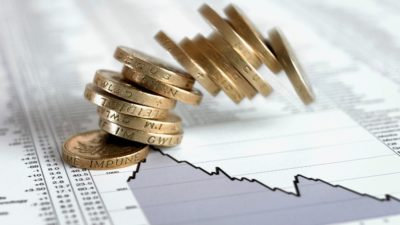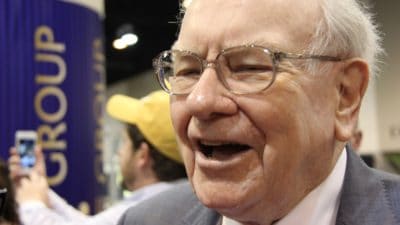 Shares in Banco Santander (LSE: BNC) (NYSE: SAN.US) have soared by more than 30% over the past 12 months to 587p, while the FTSE 100 has struggled to manage a 3% rise.
Shares in Banco Santander (LSE: BNC) (NYSE: SAN.US) have soared by more than 30% over the past 12 months to 587p, while the FTSE 100 has struggled to manage a 3% rise.
And that’s in a year when the bank’s dividend is expected to be cut by a couple of percent over the next two years, and after the shares finished 2013 on a lofty P/E of 17. So what gives?
To answer that, we need to look at Santander’s historical dividends and at what lay behind them.
Enormous yield
In 2013 the bank provided shareholders with a whopping 8.8% dividend yield, and its value exceeded Santander’s actual earnings by 50%! Still, at least earnings did rise that year. 2012 concluded four years of declining earnings, but still brought a dividend yield of 9.7% — the dividend amounted to 2.6 times earnings that year!
Santander was able to get away with such high dividends because the majority of shareholders have traditionally elected to take its scrip offering instead of cash. So the bank doesn’t actually have to hand over any cash, it just issues more shares to take care of it.
Of course, there’s no such thing as a free dividend, and that practice leads to ever more dilution of each subsequent year’s earnings.
Scaling back
Such high yields do also attract more and more people wanting actual cash, so something has to be done. To that end, with earnings forecast to rise strongly over the next two years and the dividend expected to be cut back gradually, we should see Santander moving towards a more conventional and sustainable dividend model — and by December 2015 the dividend should even be covered by earnings for the first time since 2010.
We have a current consensus for a 23% rise in earnings per share (EPS) for this year followed by a further 20% for 2015. That should provide dividend cover of 1.2 times by 2015 — not enough, but much better — and it would drop the P/E from last year’s 17 to 12 this year and around 10 the year after.
The yields will still be high, with 7.6% and 6.8% penciled in for 2014 and 2015 respectively, but I’d expect it to drop to the 4-5% range within five years.
Still attractive
Santander is still a bank that is capable of rewarding shareholders well, despite its quirky dividend policy of the past few years. It’s well worth remembering what the bank said at the time of its 2013 annual results…
“The total shareholder return, based on the share price performance plus the dividend, was 43.5% between the beginning of 2008 and the end of 2013, compared with an average 17.4% for European banks.“







